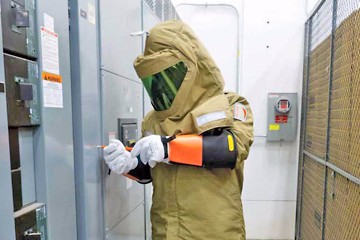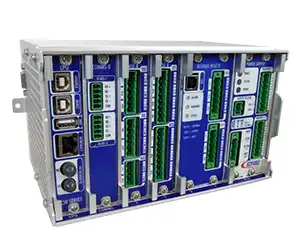Instrument Transformers
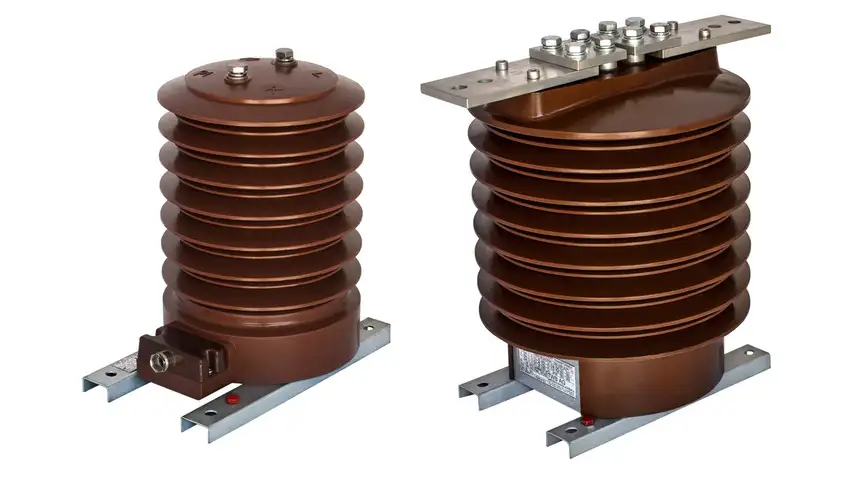
Substation Maintenance Training
Our customized live online or in‑person group training can be delivered to your staff at your location.
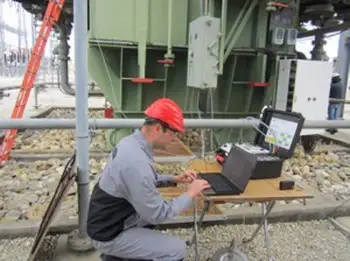
- Live Online
- 12 hours Instructor-led
- Group Training Available
Download Our OSHA 4475 Fact Sheet – Being Aware of Arc Flash Hazards
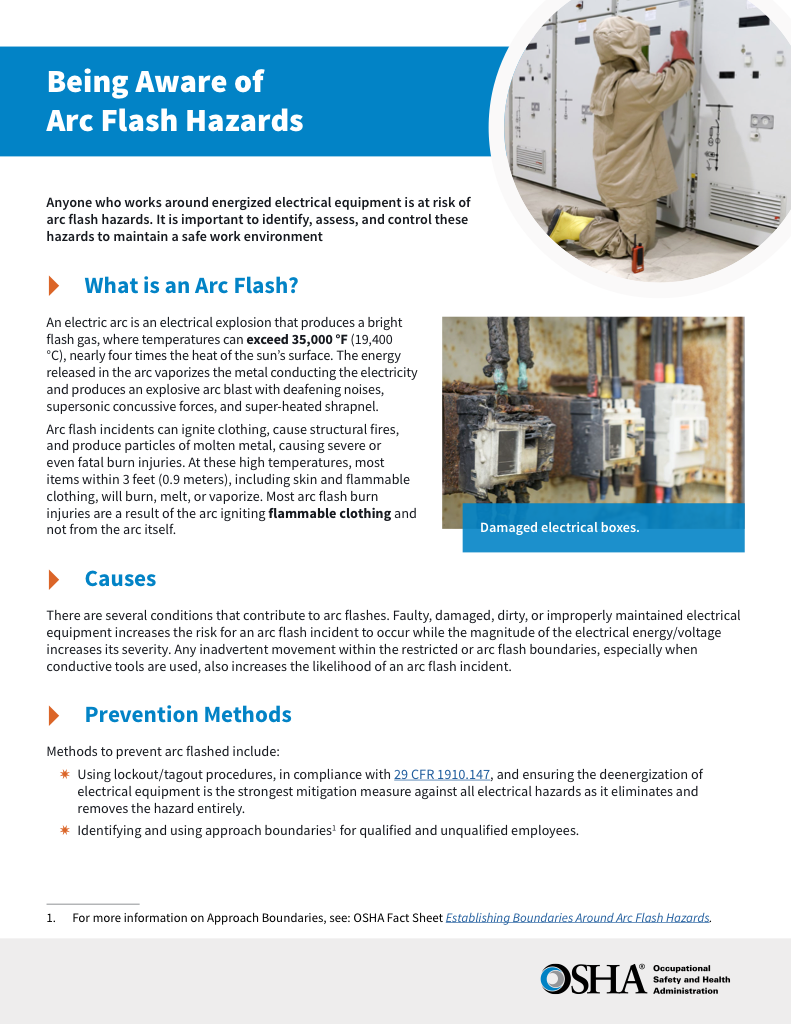
- Identify root causes of arc flash incidents and contributing conditions
- Apply prevention strategies including LOTO, PPE, and testing protocols
- Understand OSHA requirements for training and equipment maintenance
Instrument transformers provide accurate current and voltage measurement for protective relays, metering, and monitoring. By scaling high system values to safer levels, they enhance electrical safety, system reliability, and grid efficiency in industrial power networks.
What are Instrument Transformers?
Instrument transformers are devices that step down current or voltage to measurable levels for protective relays, meters, and monitoring systems.
✅ Improve electrical safety and accuracy
✅ Enable protective relay coordination
✅ Support reliable power system monitoring
Electrical Transformer Maintenance Training
Substation Maintenance Training
Request a Free Training Quotation
Instrument transformers are small, highly devices used in conjunction with measuring instruments such as ammeters, voltmeters, power meters, and protective relays in power circuits (Figure 1). They operate by reducing primary values to proportional secondary levels that instruments can safely read, while providing electrical insulation between measuring equipment and high-voltage lines.
Fig. 1. Instrument transformer used in conjunction with ammeters, voltmeters, power meters, and relays used for protective purposes.
Working Principle and Core Behavior
Instrument transformers function like scaled-down power transformers, but are optimized for accuracy rather than power transfer. The magnetic core produces flux proportional to the input current or voltage. Excitation current, saturation, and leakage flux introduce ratio and phase angle errors, which standards carefully limit. The “burden” — or load connected to the secondary — also affects accuracy and heating. Keeping the burden within rated values ensures proper performance.
Types of Instrument Transformers
-
Current Transformers (CTs) – Connected in series with a circuit, they supply a reduced current (typically 5 A at the secondary) proportional to the line current. CTs must never have their secondary open while energized, as dangerous voltages can develop.
-
Potential/Voltage Transformers (PTs/VTs) – Connected in parallel with the monitored circuit, they reduce high voltages to standard secondary levels (often 120 V).
-
Capacitive Voltage Transformers (CVTs) – Used in extra-high-voltage systems, employing capacitive dividers.
-
Combined CT/VT Units (CTVTs) – Integrate both functions into one device, common in compact substations.
-
Optical/Electronic Instrument Transformers – Use fibre-optic sensors and digital outputs for modern smart grids.
Unlike instrument transformers, a control transformer supplies a stable voltage for industrial control circuits, illustrating the diverse applications of these devices.
Test Your Knowledge About Electrical Transformers!
Think you know Electrical Transformers? Take our quick, interactive quiz and test your knowledge in minutes.
- Instantly see your results and score
- Identify strengths and areas for improvement
- Challenge yourself on real-world electrical topics
Fig. 2. Current transformers, Window Type, Bar Type
Accuracy Classes and Standards
Accuracy is classified according to intended use. For metering, classes such as 0.3, 0.5, and 1.0 define percentage error limits. Protective instrument transformers tolerate higher errors but must remain accurate under fault conditions. International standards such as IEC 61869 and IEEE C57.13 define accuracy classes, testing requirements, insulation ratings, and safety guidelines. This ensures compatibility and reliability across different systems.
Construction and Ratings
Instrument transformers typically have power ratings from 100 VA to 500 VA. The secondary winding is usually wound for 120 V (for PTs) or 5 A (for CTs). Low-voltage designs are often dry-type, while high-voltage designs are immersed in oil or filled with SF₆ gas for insulation. Alternatives to SF₆ are increasingly explored for environmental reasons. Proper insulation design, creepage distances, and clearances are critical for safety.
Testing, Maintenance, and Safety Practices
Routine testing ensures long-term reliability. Common tests include insulation resistance, ratio tests, excitation characteristics, and polarity checks. Maintenance staff should also perform visual inspections for oil leakage, insulation degradation, and temperature rise. Secondary windings must always be shorted or connected to a load before energization to prevent hazardous voltages from developing. Grounding of secondaries is required for safety and to avoid floating potentials. The accurate operation of instrument transformers must also be considered in conjunction with transformer testing and transformer ratings to ensure reliability and compliance with industry standards.
Applications and Modern Trends
Instrument transformers are essential for metering, revenue billing, fault detection, and protective relaying. With the growth of smart grids, optical and electronic devices now provide digital outputs that are compatible with IEC 61850 communication standards. They also play a role in renewable integration, distributed generation, and IoT-enabled monitoring. Environmentally friendly insulation and compact substation applications are key modern trends. Many instrument transformers are designed as dry type transformers, which avoid oil insulation and are safer for indoor switchgear and panel use.
Limitations and Considerations
Although highly reliable, instrument transformers have limitations. CTs can saturate under high fault currents, reducing relay accuracy. VTs may suffer from ferroresonance or errors at low loads. Physical size, cost, environmental concerns (oil, SF₆), and maintenance requirements must also be considered when selecting designs.
Frequently Asked Questions
Can they be used for DC?
No. They are designed for AC systems. For DC measurement, shunts or electronic sensors are required.
Why can’t a CT secondary be open?
Opening the secondary allows high voltage to develop due to the turns ratio, posing a severe shock hazard.
What standards apply?
IEC 61869, IEEE C57.13, and related ANSI/CSA standards define accuracy, testing, and safety requirements.
Related Articles






